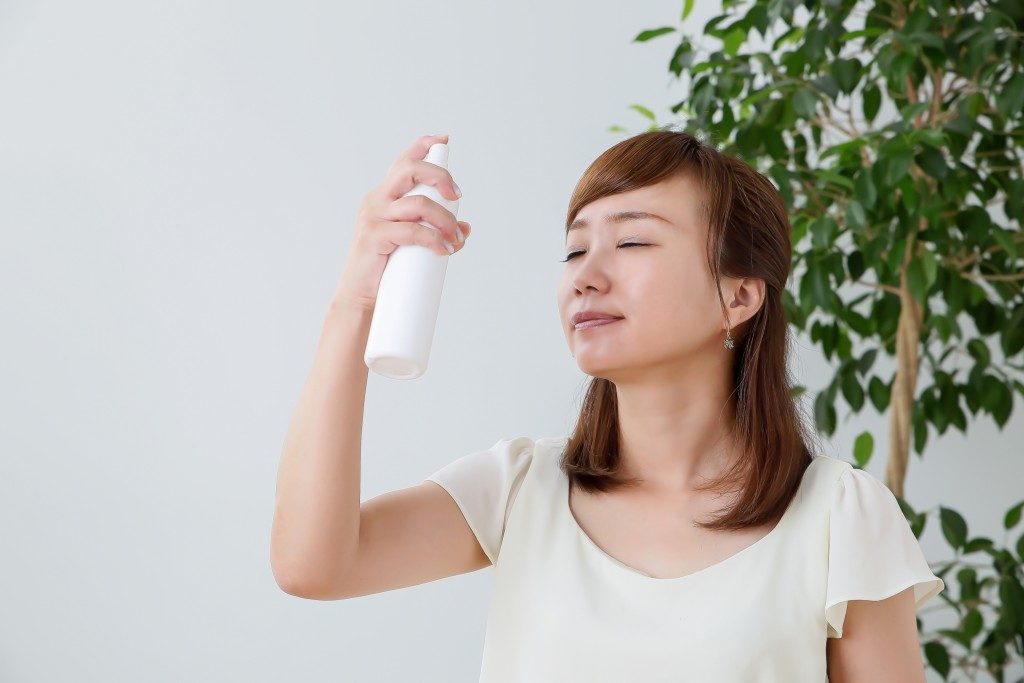The Hallyu or Korean wave brought forth a renewed interest in skin care products and routines. Suddenly, people went from zero to a hundred on their skincare. It seemed like everyone was buying Korean sheet masks, serums, and facial cleansers online and proudly showing off their haul on Instagram.
However, the indiscriminate use of facial cleansers is harmful to the skin. The wrong products can strip it of its protective shield and mess with its pH level. If you’ve ever felt as if your skin was too tight and dry after washing your face, you need to stop using your cleanser and re-evaluate your face washing practices.
The Science Behind pH Levels
pH, which stands for “potential hydrogen,” is used to measure the acidity or alkalinity of a substance. The amount of hydrogen ion activity determines the substance’s pH level. The pH scale runs from 1 to 14, with a neutral point of 7. Substances that score below neutral are acids while those that score higher are alkaline or bases.
The human skin is on the acidic side of the scale, with the pH level usually falling between 4.2 and 5.6. The low pH level helps defend the skin from harmful bacteria, as alkaline conditions are more conducive for bacterial growth.
Using facial cleansers with higher pH levels can throw off the balance of your acid mantle (a protective layer of oils, acid, and water) and moisture barrier. Once a product affects your skin’s pH level changes, it can stay that way hours before recalibrating. This leaves the skin exposed to bad bacteria and environmental stressors that may irritate it and even cause breakouts.
The Hazards of Over-cleansing
 Aside from the formulation of the facial cleansers you’re using, the number of times you use it is important, as well. K-beauty may have popularized double-cleansing through its 10-step skincare routine, but other people have gone the extra mile and followed triple-cleanse routines in the misguided belief that more is better.
Aside from the formulation of the facial cleansers you’re using, the number of times you use it is important, as well. K-beauty may have popularized double-cleansing through its 10-step skincare routine, but other people have gone the extra mile and followed triple-cleanse routines in the misguided belief that more is better.
Just as the wrong facial wash can damage your skin’s acid mantle and moisture barrier, so too can over-cleansing.
Cleansing your face too often strips away your skin’s protective layer of lipids and skin cells. It also causes an imbalance in your skin’s pH level. This lowers your skin’s natural resistance to bacteria and ultraviolet rays.
Washing your face vigorously won’t make any skin issues (like blemishes or dullness) go away. In fact, it may even make it worse. Skin care experts recommend only washing your face once or twice a day, depending on your skin sensitivity.
On the same vein, avoid over-exfoliating your skin. Always remember, too much of anything — even a good thing — eventually ends up being bad for you.
The Symptoms of a Damaged Moisture Barrier
Skin that feels taut and dry is the number one sign of a compromised moisture barrier and acid mantle. Unfortunately, many people, especially those with oily skin, mistake this for a “squeaky clean” feeling. Other symptoms of a damaged moisture barrier are:
- Itchy and flaky skin (seborrheic dermatitis)
- Excessively oily skin
- Pimples or adult acne
- Redness, rashes, or irritated skin
Cutting down on excessive skincare treatments and cleansing, as well as curbing the use of harsh products will help you bring back the skin’s acid mantle and replenish the moisture barrier. Knowing the signs of damaged skin and how to cleanse properly will help you get clear, glowing, and healthy skin.

